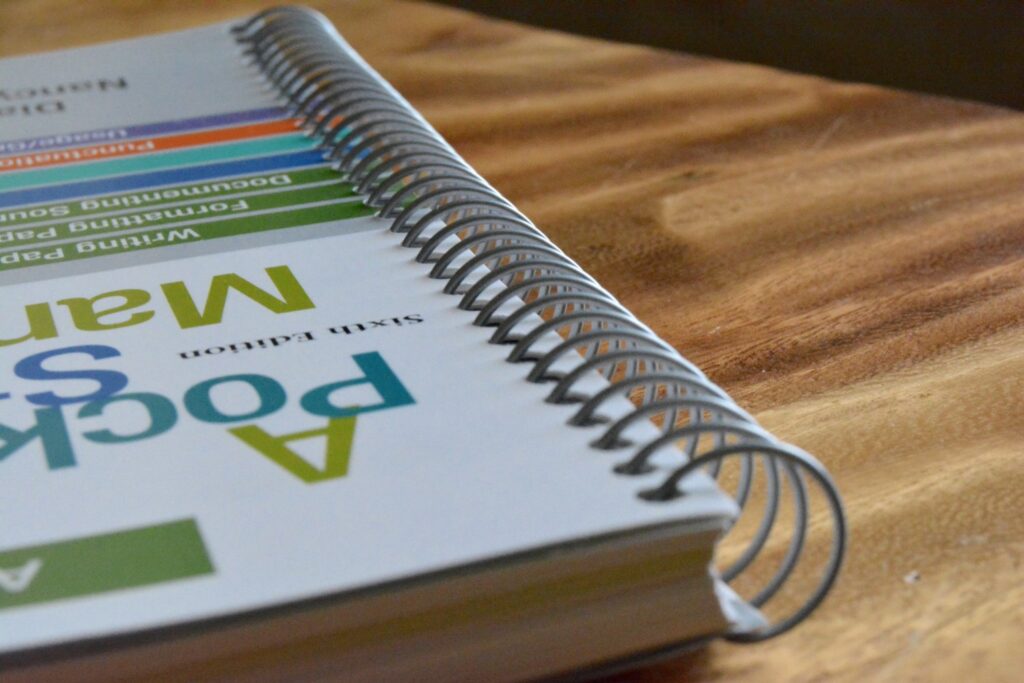The cost of college textbooks can vary greatly. This article will discuss the average price, factors that affect the cost, and more.
Cost Of A Textbook
On average, a single book can cost anywhere from $50 to $200. The price of textbooks depends on several factors, including the subject matter, the publisher, and the format.
Additionally, the cost of college textbooks has been rising steadily in recent years, often outpacing the inflation rate. This can put a significant financial burden on college students, who are already facing rising tuition costs and other expenses.
Nevertheless, there are several ways to save money on college textbooks, such as buying used books, renting books, or using open-source materials.

Factors That Influence The Cost
Several factors influence the cost of college textbooks. Take a look at some factors below.
Subject matter. Textbooks for certain subjects, such as science, engineering, and medicine, tend to be more expensive due to the specialized knowledge required to write them.
Publisher. The publisher of the textbook can also impact its cost. Some publishers are known for producing high-quality, expensive books, while others may offer more budget-friendly options.
Format. The format of the textbook, such as hardcover, softcover, or digital, can also affect its cost. For example, digital textbooks are often less expensive than their print counterparts. But the price can vary depending on the publisher.
Production costs. The cost of producing a textbook, including printing and distribution expenses, can impact its final price.
Market demand. The demand for a particular textbook can also affect its cost, with highly in-demand books often being more expensive.
Edition. The edition of the textbook can also impact its cost, with newer editions often being more expensive due to updates and revisions.
Bookstore markup. College bookstores typically add a markup to the cost of textbooks, which can contribute to their overall expense.
Overall, the cost of college textbooks is influenced by a complex interplay of factors, making it difficult to predict or control the final price of a book.
Benefits And Drawbacks Of Used Textbooks
Investing in used textbooks can have both benefits and drawbacks. We will discuss all of them below.
Benefits
Cost savings. One of the biggest benefits of buying used textbooks is cost savings. Used textbooks are often significantly cheaper than new ones, saving students hundreds of dollars throughout their college careers.
Environmental sustainability. Buying used textbooks reduces the demand for new books. Thus, reducing the amount of paper, ink, and other resources used to produce new books. This can help to reduce the environmental impact of the publishing industry.
Accessibility. Used textbooks may be more accessible to students who cannot afford the cost of new books.
Drawbacks
Availability. Depending on the popularity of the textbook, used copies may be in short supply, making it difficult for students to find the books they need.
Condition. Used textbooks may be in poor condition, with highlights, notes, or other markings in the margins, making it difficult to study the material.
Up-to-date information. Some subjects, such as science and technology, change rapidly, making it essential to have access to the most up-to-date information. Used textbooks may not include the latest information or revisions.
Access codes. Some textbooks come with access codes for online resources, which may not be included with used copies or have already been redeemed.
Overall, buying used textbooks can be a great way to save money, but it’s necessary to consider both the benefits and drawbacks and weigh them against each other when deciding.
Alternatives To Buying College Textbooks
There are several alternatives to buying expensive college textbooks that can help students save money.
Textbook rental programs allow students to pay a fraction of the cost of a new textbook for the right to use the book for a set period of time. The book is returned to the rental company at the end of the rental period.
Moreover, digital textbooks are often less expensive than their print counterparts. They can be accessed from various devices, including laptops, tablets, and smartphones.
Open-source materials, such as OpenStax and Project Gutenberg, offer free access to a wide range of academic texts and materials.
Furthermore, some students choose to split the cost of a textbook with classmates, effectively sharing the cost of college textbooks. And some professors provide students with notes and slides that can be used as a substitute for a book.
College libraries often carry a range of textbooks, which students can use for free while on campus. Some libraries can be open 24/7, allowing students to use textbooks all the time.
By exploring these alternatives, students can often find ways to save money on college textbooks while still having access to the materials they need to succeed in their classes.
Final Thoughts
In conclusion, the cost of college textbooks can be a significant expense for students, but there are many strategies that can be used to save money.
From buying used textbooks to renting, using digital versions, sharing with classmates, and checking the library, there are many options available to help reduce the cost of college textbooks.
By exploring these alternatives and being mindful of their spending, students can find ways to save money while still having access to the materials they need to succeed in their classes.
With the right approach and a bit of planning, college textbooks can be one less worry for students, allowing them to focus on their academic pursuits.



